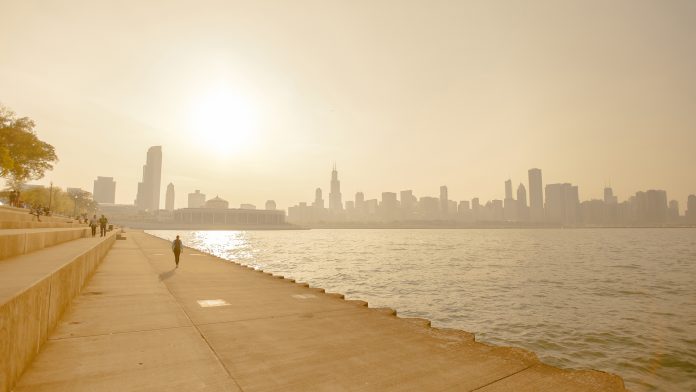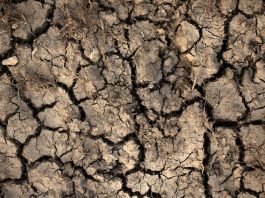Researchers have investigated the impacts on those who inhabit urban areas as mercury rising influences temperatures.
Urban areas impacted
For some urban areas in the US, summertime means up to six extra uncomfortable hours a day from the heat. The increased temperatures occur at night, due to the concrete, dark pavement and structures soaking in the heat throughout the day to release it when the sun goes down.
In order to measure this, scientists considered the heat index, which describes how the temperature feels when humidity is considered. This has revealed temperatures increased up to 4.9°C. During the daytime, temperatures were found to be a lot less in urban areas due to lower humidity.
“People have known about the urban heat island effect for more than 180 years, but the fact that the differences between night-time and daytime and among different cities is so substantial is somewhat surprising,” said Pacific Northwest National Laboratory’s (PNNL) atmospheric scientist Yun Qian, one author of the study.
Researchers at the Department of Energy’s PNNL discovered that when a heatwave occurs, urban areas experience heat discomfort more than surrounding rural areas. Thus, the hotter it is, the more those who populate urban areas are negatively impacted.
This is becoming an increasing concern, as extreme head is now routinely listed as a leading cause of weather-related deaths in the US, because four out of five Americans live in urban areas.
Urban and rural differences
For this study, scientists designed a climate-urban model and analysed the data from six summers, from 2008 to 2013. Qian and their team considered large cities including New York, Boston, Philadelphia, Washington, Atlanta, Chicago, Detroit, Houston and Dallas. Taking so many different areas into account that are both urban and rural allows for more reliable results.
The team observed the heat-stress index and calculated ‘heat caution hours.’ This was defined as hours when the heat index reached above 27°C, which became the dividing line they used between comfortable and uncomfortable for urban areas.
When the researchers considered the differences between rural and urban areas, they discovered a competing dynamic between temperature and humidity. Rural areas tend to suffer more from humidity, whereas there is less humidity in urban areas as there are not as many plants, trees or other vegetation to give off moisture. In comparison, uncomfortable higher temperatures in cities are considered worse, as in terms of impact, it is considered five times worse than humidity.
The study revealed that a temperature increase of 1°C translates to approximately 30 minutes of uncomfortable heat for residents living in urban areas. This temperature can increase up to 6°C during a heatwave and add up to three more hours of heat discomfort to a single day, which also creates additional concern when issues with climate change are considered. This is because, as the Earth’s temperature increases due to less Ozone and more Carbon dioxide, so will the temperatures that those living in urban areas will experience.
When Qian and their team concluded from the results that, the air became more uncomfortable at night as temperature rose, regardless of humidity. “Our findings show that urban living makes night-time hours in all U.S. cities studied more uncomfortable,” Qian added. Beyond that, the effects of urban living varied from region to region.
Regional differences
Urban areas in the Northeast, such as New York, experienced the largest night-time heat index increase, with temperatures rising by up to 4.5°C. But in terms of the hours of uncomfortable weather, the impact was most noticeable in the Southern and Eastern region of the US. Residents of Atlanta, for example, were experiencing up to five extra hours of heat discomfort a day in the summer, while those in the Northeast are most likely to experience up to three extra hours.
In many cities, living in urban areas also makes the daytime hours less comfortable. Philadelphia, Washington, New York and Chicago all experience a higher heat index and more heat discomfort during the daytime, compared to more rural regions nearby. But because of lower humidity that accompanied higher temperatures in cities, daytime comfort was slightly enhanced in the Southern and Eastern US, including Dallas, Houston, Atlanta and Miami.
“It’s important to note the differences between cities,” said co-author T.C. Chakraborty. “What is useful for heat mitigation in Chicago, for example, may be different than what is useful in Miami. Even within one city, different neighbourhoods can be very different—for example, an area along a river compared to a neighbourhood with no grass or water nearby.”
It is believed that making effort to tackle climate change will help both urban and rural areas to reduce the levels of heat discomfort and humidity.









